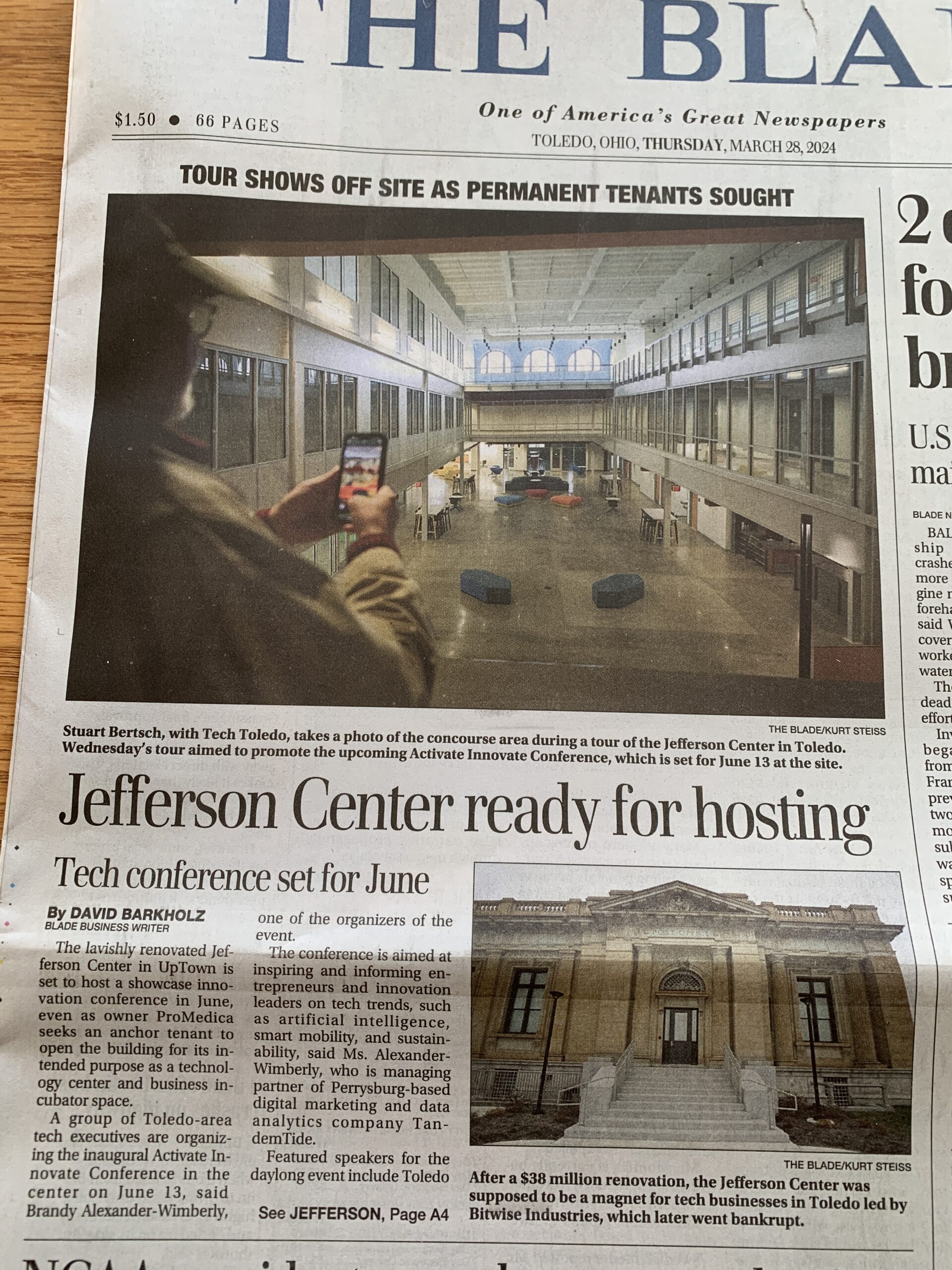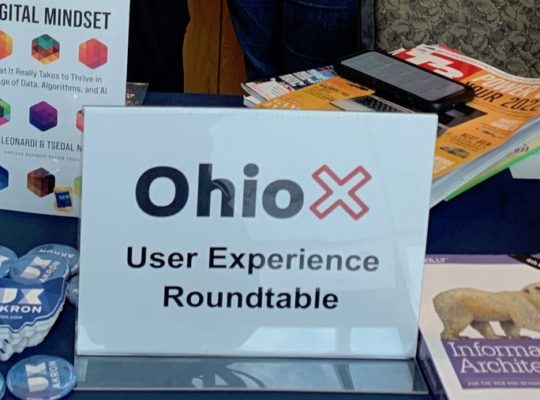When I heard about 24 Hours of UX, local events strung together in the middle of June for a virtual conference, I signed up to help out.
It was in the same “crazy idea” spirit of the UXnet local ambassadors network (focusing on local groups that span disciplines) and the first World Usability Day (which had 36 hours of mostly face-to-face events).
It will be fun to be involved in another global-UX-community activity again. This time, it is spurred by a bad thing, a pandemic that is causing local groups to meet remotely. Local and face-to-face is great, but when local goes virtual to serve their core audience, others can join without the barriers of travel. Social forces are also driving us to feel more like “global humans”.
The other fascinating aspect of “24 Hours of UX” is that most of the 20 participating groups are what I would call “communities of interest“. The groups (like UX Kitchen in Nairobi and Digital Strategy & UX in Geneva) welcome “enthusiasts” and “anyone interested in the topic” and “others passionate about creating great user experiences”. UX is usually just 1 part of overlapping interests, such as service design, digital strategy, and product management. Many roles are invited to join, not just researchers and designers, but also business folks, technology engineers, and anyone in between.
The need for and distinction between different types of communities often gets overlooked. Back in 2002, we talked about “experience design” in that way, but it does not come up often enough. In 2005, I saw an umbrella. I started reviving it for myself with some of my spins on UX this year.
- Communities of interest (CoI) are valuable because they are broad, inclusive, and have a “fandom” feel to them. My favorite example from a community of interest is Sherlockian.net, for aficionados of Sherlock Holmes. A UX CoI is great for someone who wants to understand what UX is, even if their goal is just to be better at whatever they already do.
- Communities of practice (CoP) are crucial because they take learning to the next level and support practitioners who are doing it as part of a job. CoPs start to connect “seniors” with “juniors” through mentoring and best practices. They tend to be more focused, as the level of knowledge deepens. If you really want to get better at interaction design, for example, a broad community of interest will only get you so far: eventually you will probably need to find a community of practice. People often find these communities via conferences.
- Professional associations can take education and learning to the next level, most useful for people farther along in their careers. In “regulated professions” (such as lawyers and architects), professional associations manage the licensing of who is allowed to practice. When it comes to professions related to UX, we are quite unregulated and closer to a “wild west” period. If the growth curve of UX professionals continues as predicted, then we will need some version of professional associations to help us manage bodies of knowledge, accreditation of education providers, certification of professionals, and so on.
With the help of platforms like meetup.com, local UX communities of interest have been growing. In less than 3 weeks, the “24 Hours of UX” organizers filled up their slots and already have a waiting list of local groups who want to participate next time. Communities of practice, like IxDA local chapters, have been around for a while. New CoPs on specific areas of practice, like user research and content, are emerging without geographic boundaries. All it takes to form one is a Zoom account and a Slack channel, it seems.
It is hard to keep track of all of the UX-related communities, but it is exciting to see the growth (which, perhaps oddly, has been stimulated by the pandemic). “24 Hours of UX” will be just one milestone of more to come.






